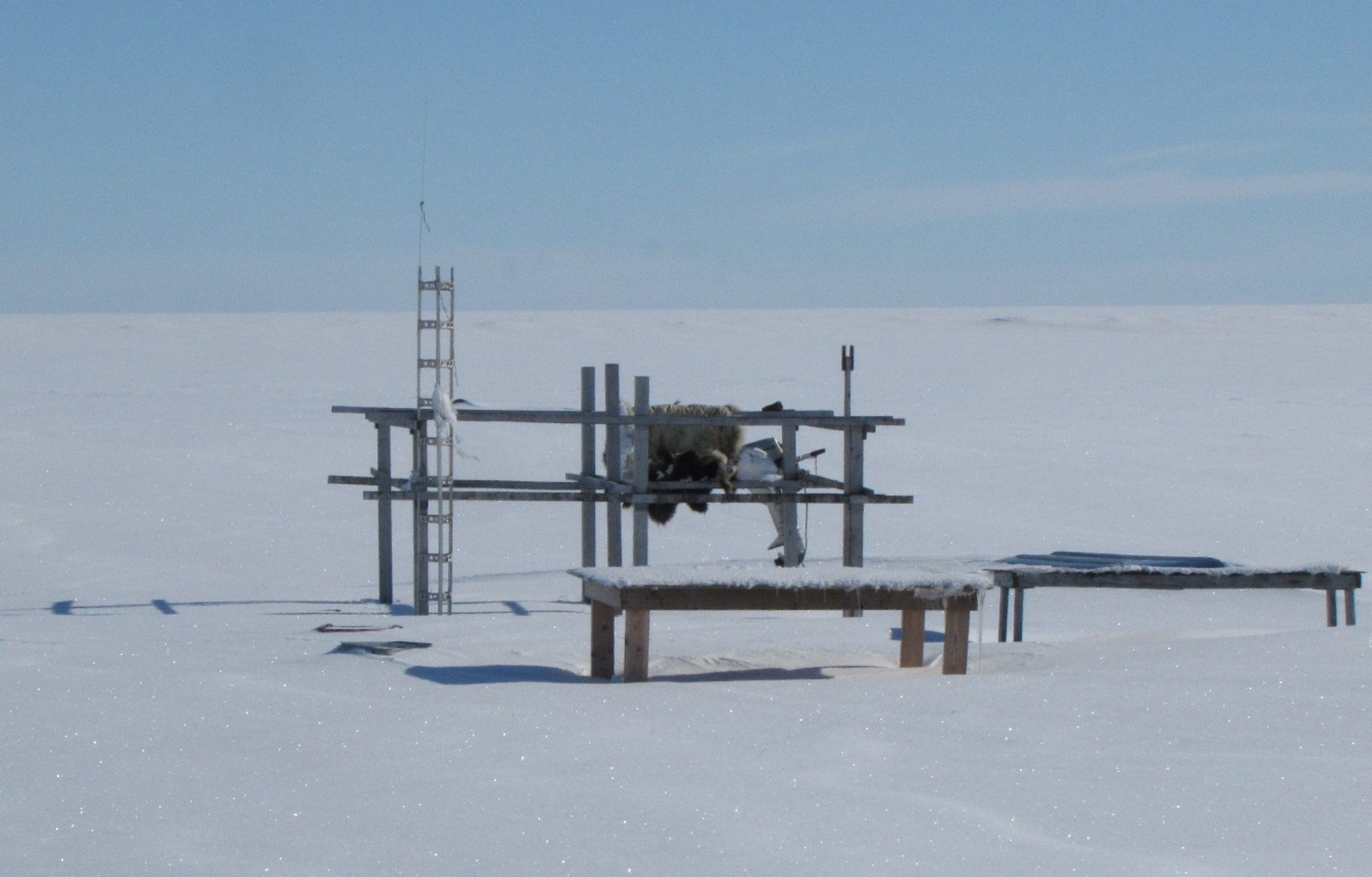Sovereignty = exercising independent and self-governing power, status or authority.
There, if you are in a Tribe and they are recognized by the Federal Government as a sovereign tribe, you have the power to exercise independence and you have the self governing power, status or authority.
There is a lot of history when our visitors landed in the east coast to the time of PL280 being enacted.
So, a lot of our leaders say this without understanding the history and the why we are here today. “but, we are in a PL280 state”.
The termination period, which PL280 resulted from, was actually a continuation of the federal policy of assimilation. The termination period where the federal government (kind of like what Hitler was doing to the Jews).
This policy of assimilation was to put natives in reservations, boarding schools and the allotment act were just natural results of the US government’s assimilation policy toward Native Americans.
Because of the post World War II era and the US was starting to feel the impact, of course, the monies and resources were necessarily diverted to the war effort, but there were other factors that affected the Indian Reorganization Act’s development because of the war. As seen in the previous war, Native Americans were quick to defend their homeland. Now US citizens (since 1924), Native Americans would fall under the draft requirements, yet many enlisted prior to being drafted.
Did you know that the scale of Native American enlistment during World War II was greater as a percentage of their total number than any other ethnic group…..yet they are not represented at any national monument in Washington DC.
There is more historical numbers to that.
Did you know that there are more than 370 ratified treaties that the US Government has with American Indians?
It must be noted that PL280 , in and of itself is NOT a termination statute. It specifically provided for the protection of lands, including water rights, belonging to any Indian or Indian tribe, held in trust by the United States. Additionally, it protected federal treaty, agreement or statute rights and provided for incorporation of tribal ordinances or customs into civil causes of action involving Indians in Indian country. PL280 did not eliminate concurrent tribal jurisdictional authority.
Even the Federal Government and the State government has a difficult time deciphering this new Law PL280 because there are so many gaps.
Another key issue is, if the State Regulates, then they cannot enforce, ie, if the State regulates gaming, then they cannot enforce.
Some of the information gathered from our “Understanding Jurisdiction on Tribal Lands and PL280”. Our leaders were invited to participate.

